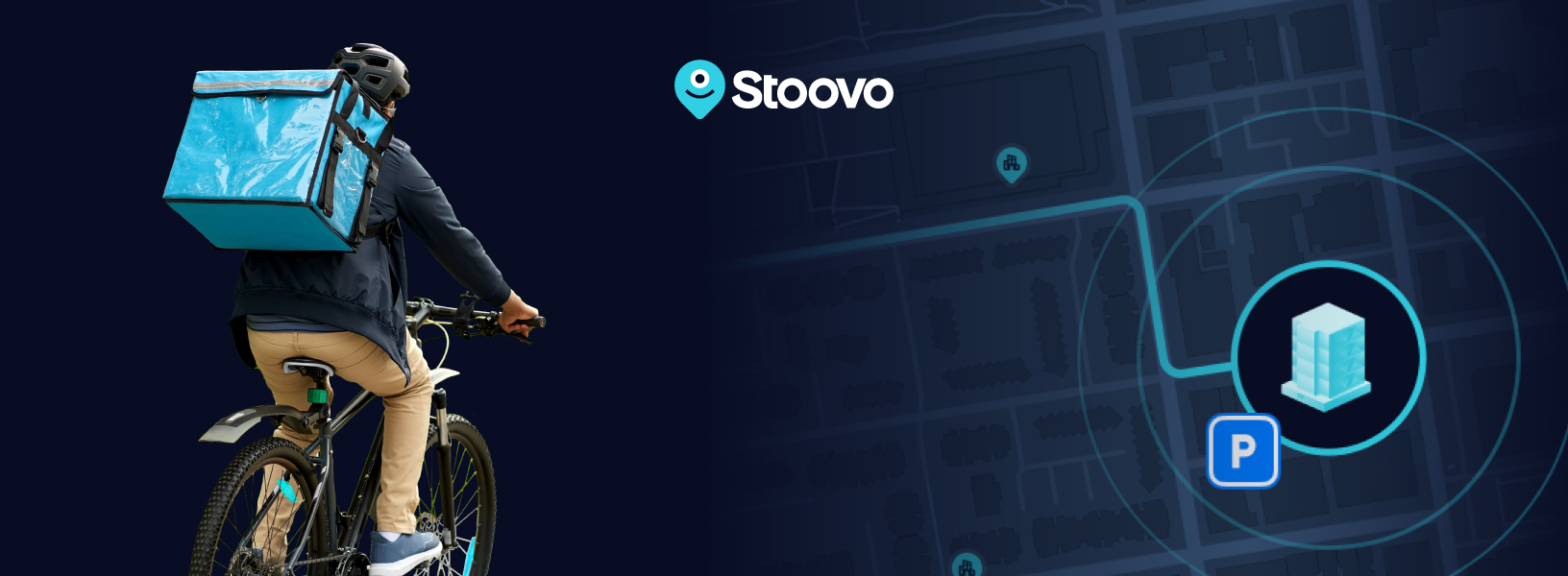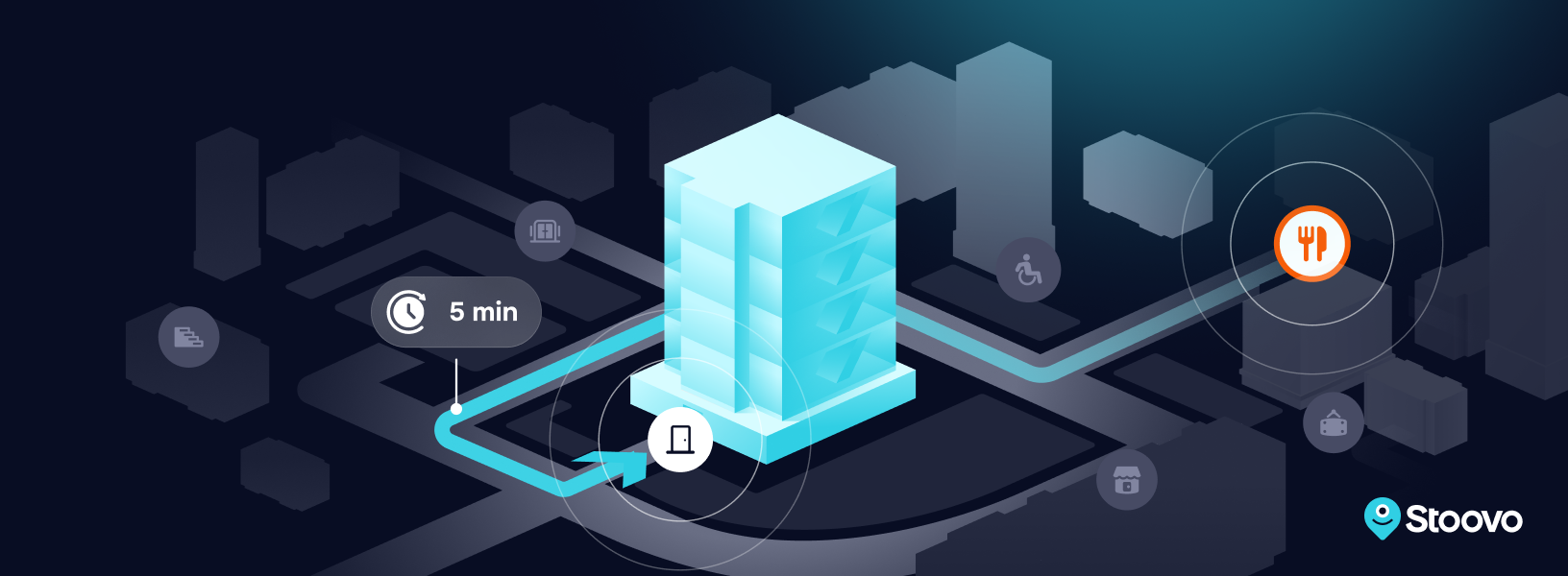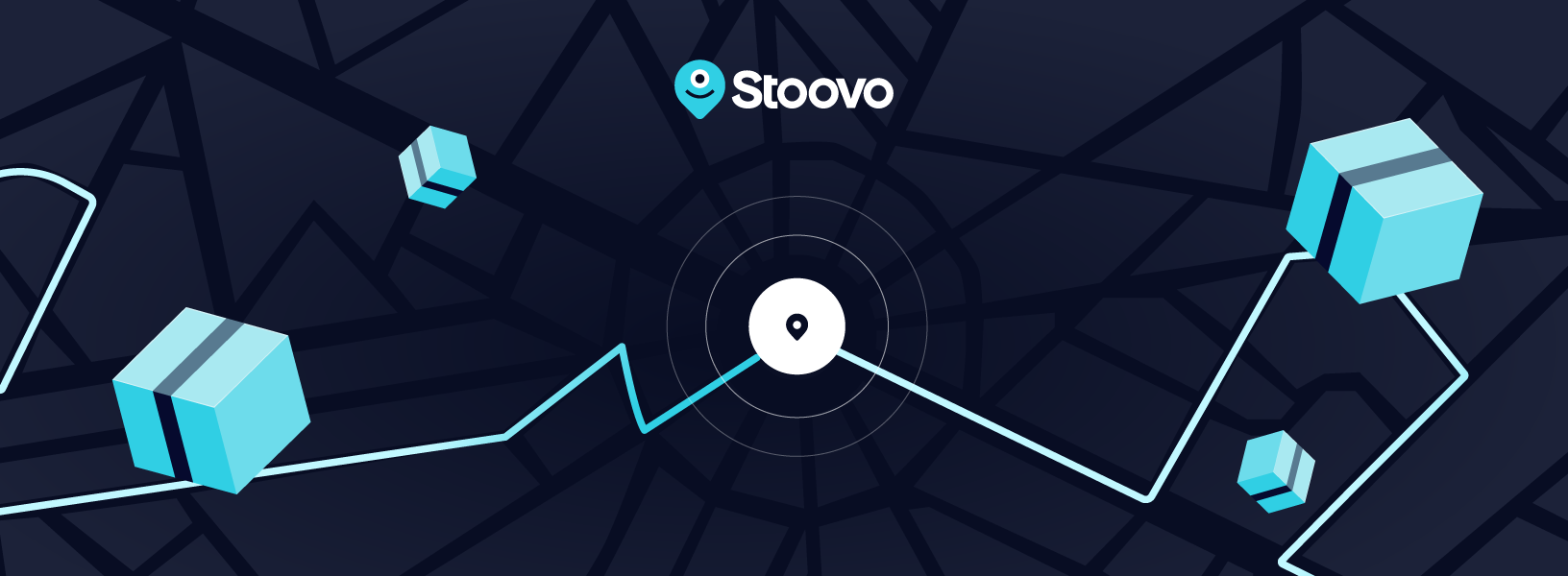The Last Mile Problem: Challenges and Solutions
Whether you’re a customer, a delivery driver, or a logistics professional, the chances are you’ve heard of the challenges of last-mile deliveries. That final step of getting goods across the ‘last mile’ – from a distribution center or transportation hub to their final destination – remains the most challenging part of the delivery process, despite the recent advancements in supply chain and transportation technologies.
Why? Because densely populated urban areas, traffic congestion, tight timeframes, environmental concerns, and increasingly high fuel costs mean margins are slimmer, and last-mile carriers feel the pressure.
As a result, solving the last mile problem plays a critical role in today’s logistics and e-commerce landscape. To meet increasing demands for delivered goods, last-mile delivery companies must find the most efficient routes, optimize vehicle capacity, and offer an exceptional customer experience simultaneously while cutting costs and reducing their carbon footprint.
This guide will delve into the last-mile delivery problem, examining its core challenges and how last-mile deliveries impact the industry. Finally, we’ll consider emerging technological solutions and what the future may hold for the last-mile delivery industry. Let’s get into it!
Historical Context
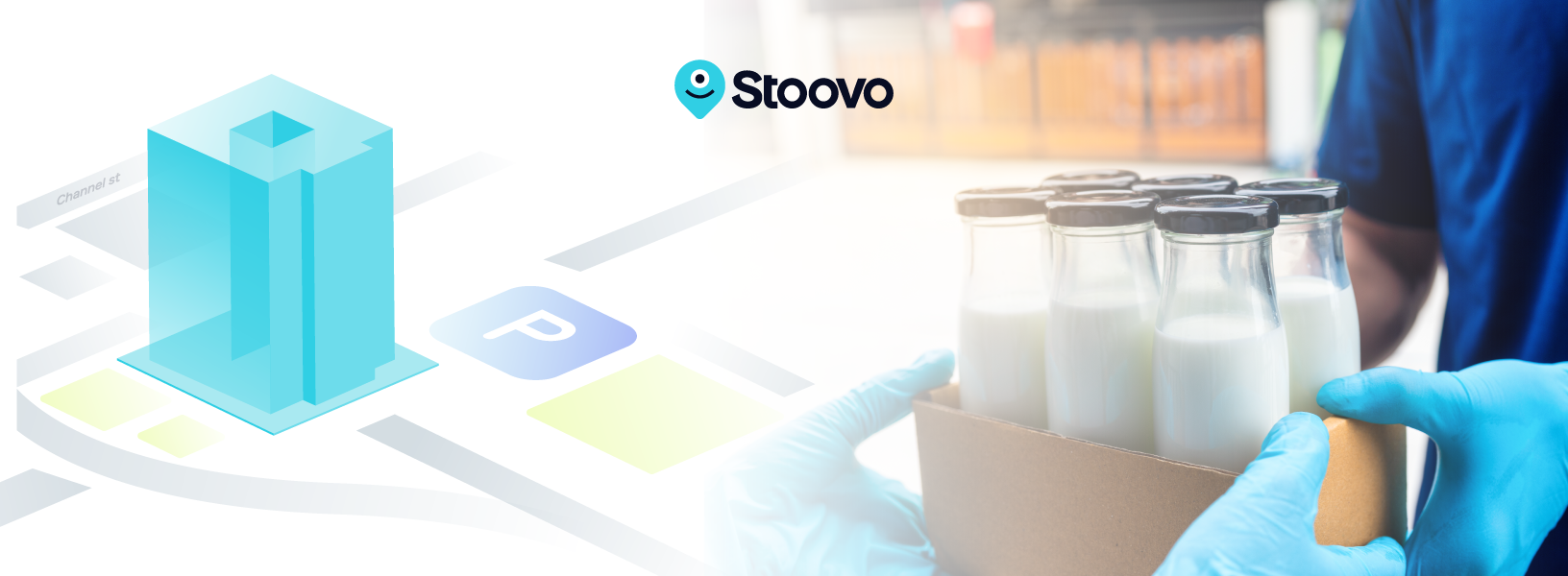
While deliveries have formed our societies for millennia, the issue of the final mile delivery process is a relatively modern phenomenon. Whereas famous delivery routes such as The Silk Road ferried goods and culture across continents, it wasn’t until relatively recently that customers began to expect those goods delivered to their doorstep. Goods would end up in marketplaces or early retail stores where customers then took them home, solving the last-mile delivery problem themselves!
So, what changed? It could be said that the familiar last-mile delivery industry all started with the delivery of just one product: milk. The neighborhood milkman was a suburban staple, delivering fresh milk from the dairy to the doorstep every morning at a time when refrigeration was scarce. From milk came other food – pizza and Chinese food earned their name as takeout specials during the latter half of the 20th century.
Then, with the birth of the Internet came a new expectation: anything you want, delivered to your door with just a few clicks. Suddenly, the demand for last-mile deliveries is sky-high – as the Internet provides cheap goods and logistics companies scramble to get those goods to their final destination.
The Core Challenges
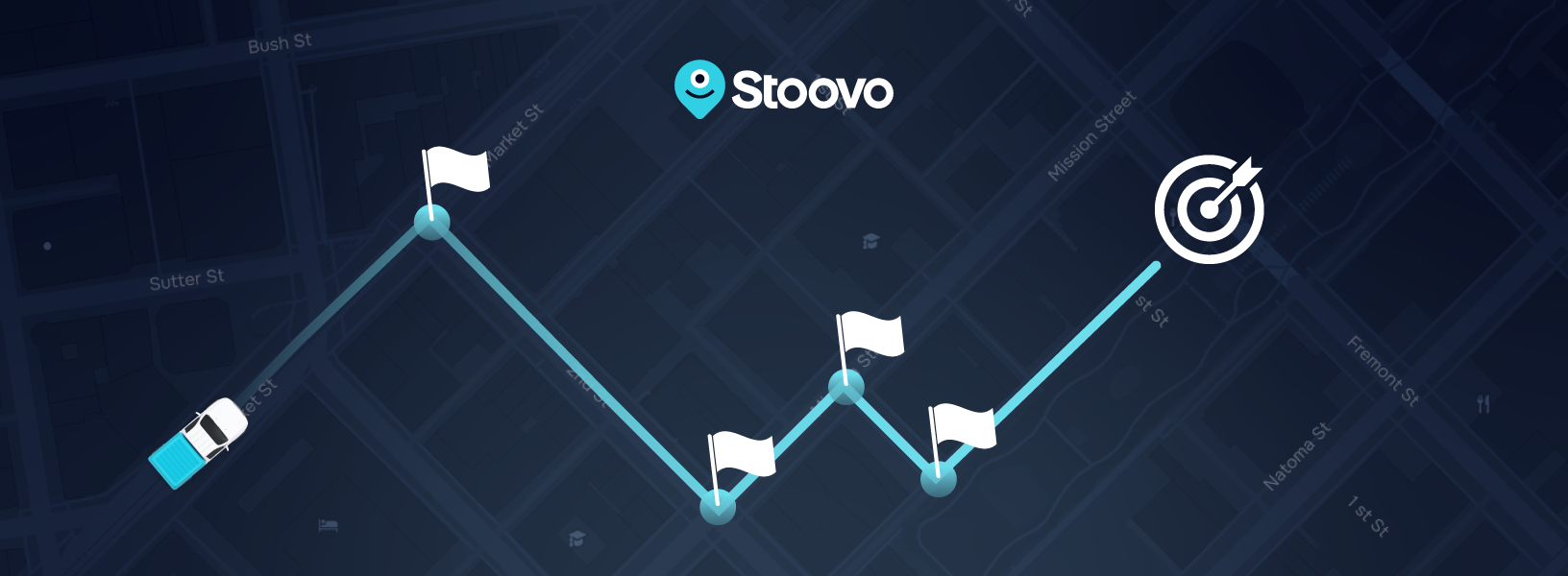
This recent explosion of online shopping and deliveries means that many of the challenges of last-mile deliveries in our modern world would not be familiar to the traditional milkman. Let’s look at a breakdown of the main issues associated with the last mile problem.
Increasing Costs
As inflation skyrockets and fuel costs soar, the total cost of last-mile deliveries increases too, yet in today’s world of convenience, there is a reluctance to pass these shipping costs on to the consumer. Now, with the vast competition and juggernauts like Amazon controlling the market, free delivery is a standard perk. The only way for last-mile delivery logistics firms to maximize their profits is by increasing supply chain management efficiency – working to optimize delivery routes, vehicle capacity, and fuel consumption.
Time Pressures
As well as managing increasing costs, customers are increasingly expecting rapid order fulfillment and delivery, including same-day delivery services or at least an on-time delivery. This puts pressure on fulfillment centers, third-party logistics companies, and delivery personnel to rapidly process orders and ship them out within minutes. Moreover, rapidly locating the customer’s address in complex urban areas and avoiding failed deliveries add to the pressures of making timely deliveries.
Environmental Concerns
As consumers and regulators become increasingly concerned about the risks of global heating, logistics companies must find the greenest delivery process and efficient routes. This means switching to electric delivery vehicles and complying with evolving inner-city legislation to reduce pollution, such as congestion charges and more.
Infrastructure Limitations
Finally, last-mile delivery firms must also negotiate complex infrastructure in urban and rural areas. Congestion, road works, changing road traffic guidelines, and difficulties in finding and entering a customer’s residence and locating the parcel drop-off mean that successful last-mile delivery is complex, even with the use of delivery management software.
Technological Solutions
Technological advances mean that new shipping logistics solutions are emerging in the fight against these challenges. Let’s look at some ways last-mile carriers are attempting to increase efficiency and solve the last-mile problem.
Software Solutions
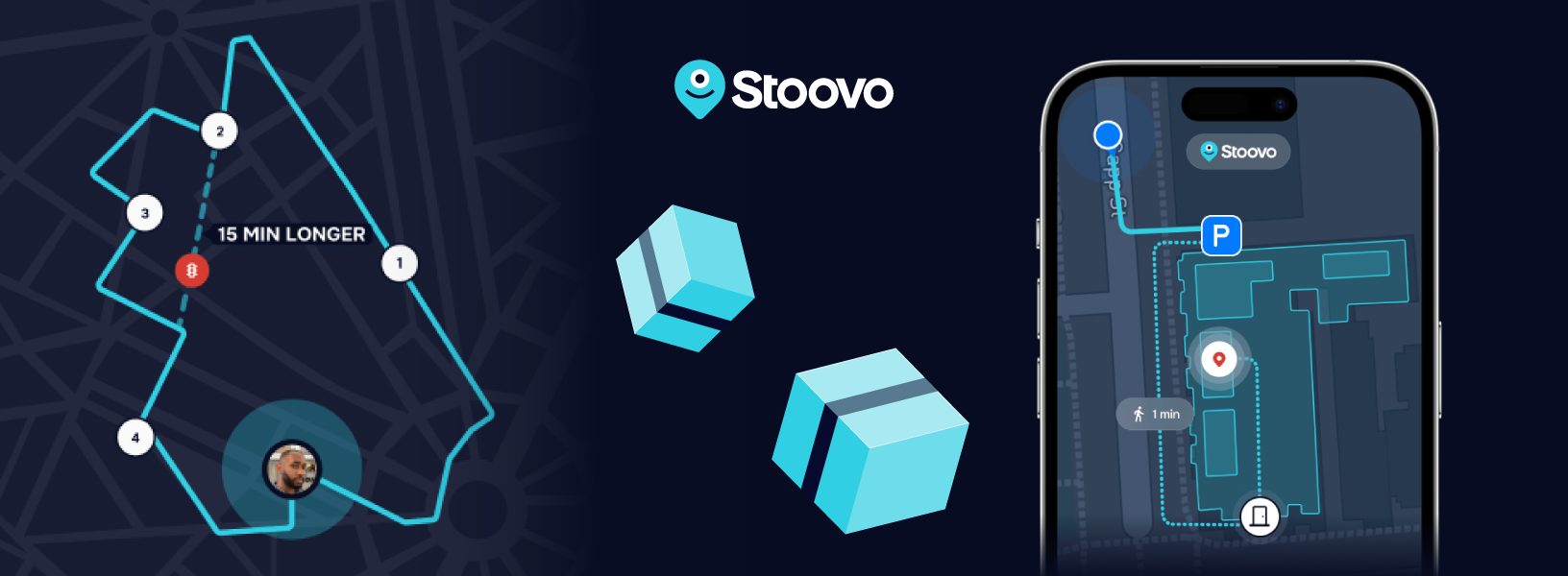
Perhaps the most obvious solution is in the proliferation of delivery route optimization software, which is becoming commonplace in the logistics industry. Software using the latest in predictive AI helps distribution centers manage their fleet, reduce costs, and find the most efficient delivery routes possible.
Integrating end-to-end software solutions, such as Microsoft Dynamics 365 or Oracle, allows fleet managers to promptly receive orders from the ERP system and then use their customer service team to keep customers informed about their delivery. Automation within business systems allows the warehousing teams to find the optimal pick and pack route, and vehicles are loaded efficiently, considering fuel efficiencies and route distance. Finally, customers can be allocated proof of delivery automatically and assigned a customer number that can be used for returns or complaints.
In the delivery process itself, routing software helps last-mile carriers respond to real-time road conditions, finding the most efficient route to minimize carbon emissions and maximize fuel consumption. Routing software helps fleet managers stay on top of all last-mile delivery metrics, helping hit KPIs and find new avenues for optimization.
Indoor AR Solutions

External maps, such as Google Maps and Apple Maps, are commonplace. GPS technology makes navigating cities easy, and the technology is low-cost and easily accessible on any smartphone or smart device. But what about the inside of a building? For delivery drivers, the last leg of home delivery is usually finding a safe drop-off point in an apartment complex, but this is also where delays accumulate. Waiting for building access to be granted and walking to find the correct entrance can add precious minutes to delivery times, so it’s critical that this final leg is made easier and faster for drivers.
This is where indoor AR and navigation tools come in helpful. Apps like Stoovo allow individuals to create indoor maps of their buildings, facilitating the delivery process. Indoor AR tools act as guides for delivery drivers (and other visitors) to navigate seamlessly through a building, finding the correct entrance and leaving the delivery in a safe place for parcel drop-offs. In increasingly complex and dense urban environments, having an app like Stoovo on your side makes the difference between a shift of on-time deliveries and unnecessary delays.
Other Innovations
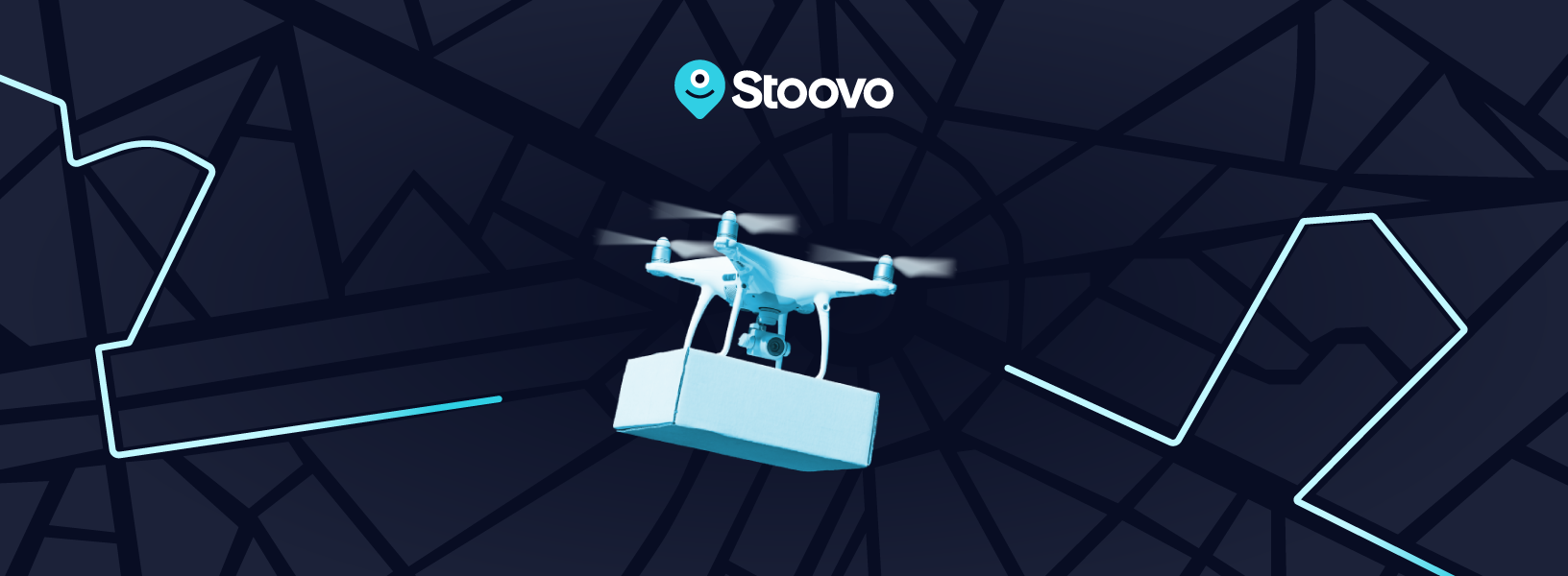
Yet more technological advancements are on the horizon, and companies are racing to take advantage of drones and autonomous vehicles in the delivery process.
Drones have the potential to revolutionize the speed and efficiency of deliveries by easily navigating challenging terrains and congested urban areas, reducing delivery times and costs to keep customers happy. Autonomous vehicles use the latest in technology, such as lidar and advanced AI algorithms, to ensure speedy, safe, and accurate navigation.
Both drones and autonomous vehicles can operate 24/7 and need very little time-consuming human intervention, meaning they can be cheaper, faster, and more efficient than ever. However, these technologies are not yet ready for mass deployment, and regulation holds them back. While they remain on the horizon, logistic companies must proactively use existing software to increase efficiency.
Real-World Examples

It’s difficult to discuss the problem of last-mile deliveries without thinking about Amazon, the juggernaut of logistics. Amazon knows that the last mile is the most challenging mile for their delivery partners (drivers working on their behalf), and so they spend millions of dollars each year tackling the problem to create a better customer experience.
One way Amazon does this is by using its proprietary route optimization software. Their software is renowned for its efficiency in the shipping process, optimizing routes and keeping drivers on a tight schedule for deliveries, which ultimately increases the volume of parcels delivered successfully. Furthermore, Amazon’s extensive e-locker system solves the last-mile delivery problem by pushing it back onto the consumer. They negotiate the final mile delivery themselves by traveling to the e-locker and taking their parcel home.
However, an under-utilized resource – and a potential for Amazon to enhance its delivery process – is in indoor AR technologies. Currently, Amazon has no way of navigating indoor spaces, meaning that their drivers are at risk of failed deliveries and unnecessary delays. Using an indoor navigation tool, such as Stoovo, in their delivery process could mean that Amazon shaves valuable minutes off delivery times, increasing efficiency and reducing wasted spend on last-mile delivery costs.
Future Predictions
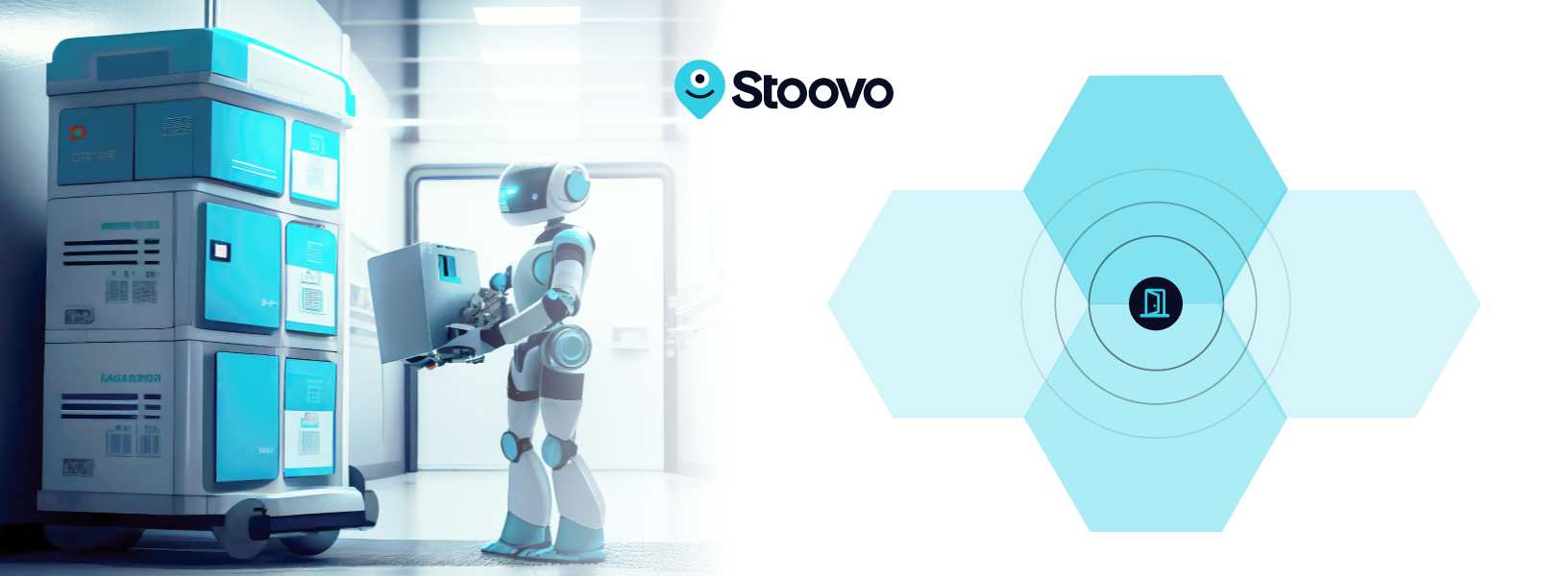
So, what’s next for the last-mile delivery process? What future developments are predicted to disrupt this last leg and make it easier for businesses and customers alike?
A huge new technology to be integrated is AI and the predictive algorithms that promise to improve routes and hyper-personalize deliveries for each consumer. The future also includes increased use of robotics and emerging technologies, such as blockchain technologies that establish unalterable records of the delivery process and 3D printing centers that localize production, minimizing shipping distances.
Perhaps most importantly, though, there will be changes in regulation that facilitate solutions to the last mile problem. Post-pandemic, the average consumer is increasingly reliant on home delivery services, yet the regulation hasn’t caught up. Currently, inter-city low emissions zones and strict regulation on autonomous vehicles and drone use mean that innovation in the last-mile logistics industry is stifled. Once governments open up regulatory instruments to facilitate the development and adoption of new technologies, there will be a boom in last-mile efficiency.
Conclusion
Ultimately, the last mile problem is a modern problem that requires modern solutions. Consumers in every industry, from healthcare to food deliveries and e-commerce to manufacturing, rely on prompt, cheap, and efficient delivery processes.
To reach and abate this soaring demand, continual technological innovation is required, and last-mile delivery companies must be willing to invest and adapt to the latest technologies and efficient processes. Those who fail to do so simply will not remain competitive and are likely to see their role as a valuable last-mile carrier diminish in favor of cheaper, more efficient competitors. Fundamentally, success as a delivery company depends on solving the last-mile delivery problem, and consumers will not prop up companies who fail to deliver an outstanding customer experience.
FAQs
What is the last mile problem?
The problem of last mile delivery refers to the challenge of delivering goods efficiently from a distribution center to their final destination – most often the customer’s address. The last mile is the hardest part of the delivery process because it is expensive and requires many factors to get right.
Why is the last mile the hardest mile?
The last mile is considered to be the ‘hardest mile’ in logistics because there are a number of challenges that arise specifically in the final mile. These challenges include difficulties navigating urban areas, managing with traffic congestion, ensuring on time deliveries, reaching the customer at the correct time, managing diverse package sizes, and optimizing delivery routes for efficiency—all of which result in increased operational costs and complexity to last mile logistics partners.
What is the most important for success in last mile delivery?
While many factors are critical for success, probable the most important factor is the availability of data in the last mile delivery process. Drivers need real-time data to optimize their routes, avoid congestion, and improve fuel efficience. Then, in the final leg of their delivery, they need indoor AR information to help them locate the correct drop off point, find the right entrance, and gain access.
